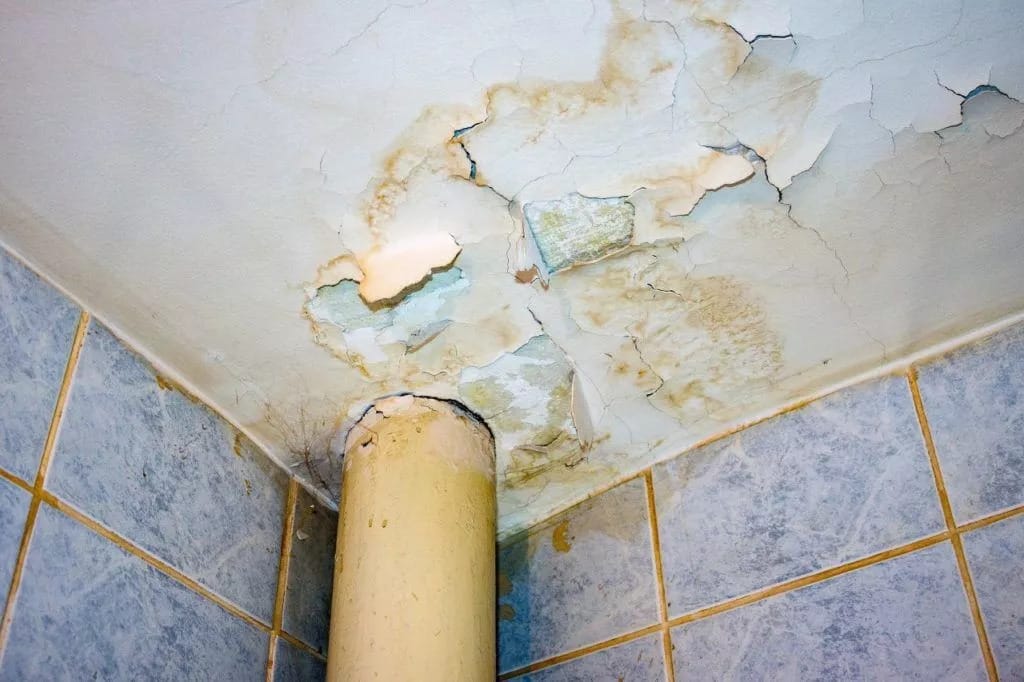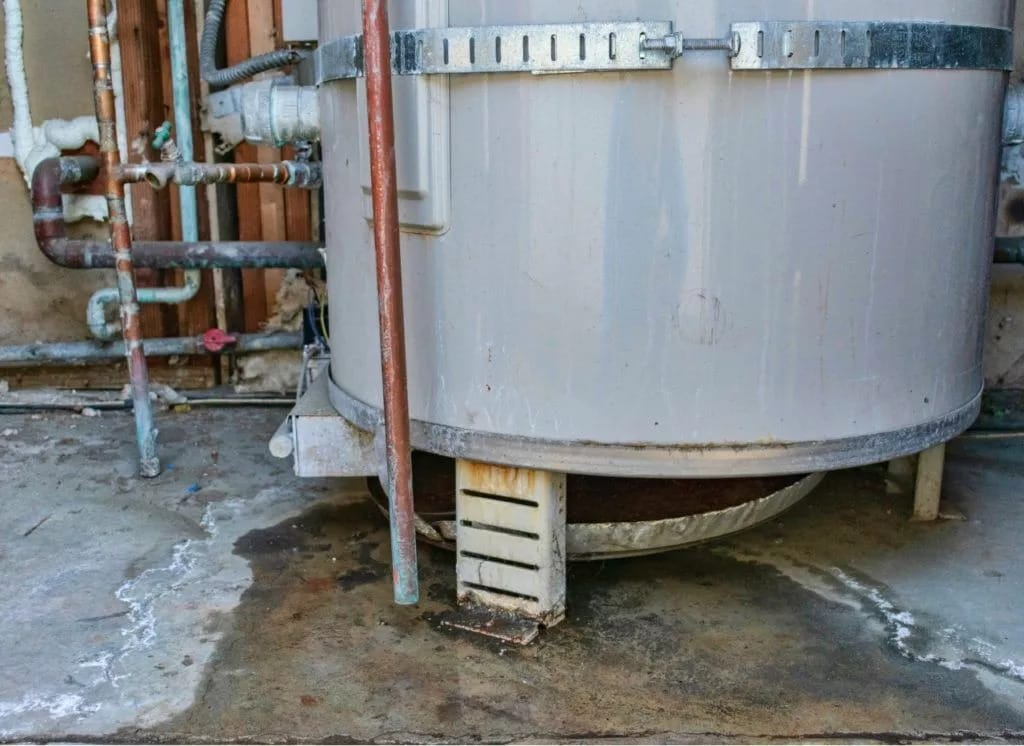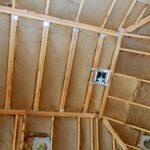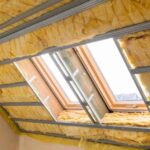Water is a critical element of nature. However, this wonderful gift of nature can be destructive. Water damage is among the top common hazards that could occur on your property.
When water gets into your home, it could destroy your roof or lead to the growth of mold. Water damage can result in bent walls and cracks that could even weaken your building’s foundation. Our Revive Restoration team has seen it all here in Minnesota.
The fact is water damage can happen anytime. One way to sidestep water damage issues is to spot the root cause early and take necessary actions before it worsens. If you need exterior repair or replacement, feel free to reach out to us. Here you’ll learn some of the most common causes of water damage in your Minnesota home.
1. Blocked Gutters
The gutter system in your home helps to divert rainwater away from your property. But tree branches, leaves, and other debris could block your gutter. When this occurs, the water pools and overflows to the underside of your house, causing cracked walls and floors. If you have a basement, the water will flow and collect in it.
This can cause mold growth and proliferation on the underside of your home. Ensure you pay attention to your gutters, and clean them often.
2. Leaking/ Bursting Pipes

One of the most typical causes of water damage in homes is a leak in the plumbing system. Pipes, especially in older homes, are susceptible to leakages. Things could get more complicated if a pipe bursts inside your walls. Water damage from this leak may lead to the growth of mold.
To prevent such issues, always look for bulges, stains, cracks, or other signs of moisture on your floors and ceilings. If you notice rust on your pipe, replace it with another to avoid dealing with water damage.
3. Clogged Drains
There are several reasons why the drains in your bathroom floor, kitchen sink, and bathtub could clog up. Substances like toiletries, grease build-up, dirt, and hair could go down the drain pipe, obstruct it and prevent drainage. If you don’t address this problem quickly, clogged drains could cause water to overflow and flood your property.
Excess solid materials can also clog toilet drains, causing toilet water to overflow and flood your bathroom floor. This is usually a messy scenario and could lead to serious health conditions if you don’t call an expert right away.
You can use small screens to prevent unwanted substances from clogging drains. Also, pouring hot water down your drain often can help dissolve soap scum, greases, and other debris that may block your pipe.
4. Water Heater Leaks

Old, badly installed, or poorly maintained water heaters are likely to leak. But sometimes excessive tank pressure can cause water heater leaks.
When your water heater leaks, your basement will be filled with water. This can cause mold growth and an awful smell from your basement. Always look for signs that indicate your water heater is getting old and swap it. Also, check your hose connections for damages or leaks.
5. Condensation from Air Conditioning (AC)
Your AC removes humidity from the air and condenses moisture into the unit’s overflow pan, enabling water to travel outside via a condensate drain line. The drainage system stops working if your pan gets damaged or dirt or dust clogs the drain line. Since water can’t leave, it will back up into your property. This can result in soaked ceilings and soggy insulation.
Ensure you service your AC regularly to avoid this issue.
6. Leakage in Supply Lines of Washing Machine
Your washing machine fills with water because its supply lines are under constant pressure. If your lines are made from older rubber or PVC supply lines, they can wear out and rupture easily. This means your laundry room will be flooded within minutes. You can avoid this mess by swapping old lines with braided stainless steel.
7. Severe Weather Conditions
At times, house installations or plumbing systems might not be among the causes of water damage in your home. Hurricanes, snowstorms, excessive rainfall, thunderstorms, and other natural disasters could lead to significant water damage in your home.
Heavy downpours and strong winds could damage your roof and bring excessive water into your home. In worst cases, adverse weather can cause flash flooding, especially if your house is in a flood-prone area.
8. Sewage Backup
Sewage backup happens when your septic tank fills up, or heavy rainfall makes it overflow. When this happens, organic matter in the sewage lines or septic tank backs up to your house via drains. This is a serious situation that creates an unhealthy environment, and only a certified specialist should handle it.
Get Help With Water Damage from Revive Restoration
You are now aware of the most common causes of water damage in homes. It’s left for you to look out for any water damage. While you may want to minimize water damage by yourself, it would be best to reach out to professionals before things get worse.
At Revive Restoration, we understand the effects of water damage on homes. If you’re in need of exterior repair or replacement, please contact us. We have many years of experience in Minnesota and can provide an estimate and projected restoration timeline.





